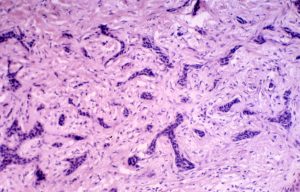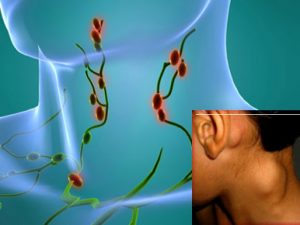The importance of laboratory research is so great that it is perhaps difficult to find a branch of medicine that does not use the achievements of laboratory diagnostics in its work. With the help of laboratory tests, a diagnosis is made and confirmed, treatment is prescribed and monitored. The beauty industry unites such medical areas as cosmetology, dietetics, nutritional medicine, surgery and many others. Aimed primarily at achieving an “external” effect, but well-built taking into account all possible mechanisms of “internal” control, this approach to beauty allows you to preserve it for many years.
The state of the body is reflected in the appearance of a person (changes can affect the skin, hair, nails), on the speed of aging processes (diseases can accelerate them), as well as on the mental constitution (dysphoric, depressive, cognitive disorders). Laboratory research can identify problems by tracking all the pathophysiological and pathochemical processes underlying the external manifestations that the beauty industry professionals work with. Disturbances in the work of internal organs and the presence of damage to cells of any nature leads to an imbalance in the homeostasis system – the body’s ability to maintain the constancy of the internal environment.
The main groups of laboratory tests that highlight the direction for solving the problem on the path to beauty and health:
Blood biochemistry includes laboratory tests of markers that reflect the state of internal organs. Liver damage of any origin triggers a whole cascade of problems, ranging from a decrease in the detoxification function to a lack of protein and vitamin synthesis, which is most negatively reflected in the appearance. Biochemical analysis will determine the integrity of the hepatic cell and stagnation of bile (ALT, AST, GGT, alkaline phosphatase).
With anemia, the supply of oxygen to all cells of the body is disrupted, the process of cellular respiration is inhibited, which leads to changes in appearance: pallor and dryness of the skin, problems with hair and nails. A decrease in platelet count can manifest itself as an increased tendency to bruise. The presence of a latent inflammatory process leads to discoloration of the skin and edema.
When “bruises under the eyes” appear, a basic laboratory examination (at least, a clinical blood test and a general urinalysis) should precede the cosmetic correction.
Blood biochemistry includes laboratory tests of markers that reflect the state of internal organs. Liver damage of any origin triggers a whole cascade of problems, ranging from a decrease in the detoxification function to a lack of protein and vitamin synthesis, which is most negatively reflected in the appearance. Biochemical analysis will determine the integrity of the hepatic cell and stagnation of bile (ALT, AST, GGT, alkaline phosphatase).
The main function of the kidney – filtration of blood from metabolic products – is determined by the level of markers in the blood serum (urea, creatinine). The work of the organs of the gastrointestinal organ-specific parameters of blood biochemistry (gastrin, pepsinogen, amylase, lipase).
Biochemical analysis includes parameters that reveal abnormalities in the metabolism of the basic elements of the body, fats and carbohydrates, and forms an idea of deviations in metabolic systems.
Failure in the metabolism of carbohydrates is a change in body weight, pasty or dry skin, the appearance of pustular elements. The formation of flat yellow plaques on the eyelids, xanthelasm, can be a sign of increased blood cholesterol levels.
Blood glucose (sugar) and total cholesterol are biochemical parameters that should be checked annually.
Change in “complexion” is a reason to undergo an extended biochemical blood test and pass a urine test.
General urine analysis. Despite the routine of this study, it provides valuable information about the state of the body. Chronic inflammatory processes in the urinary system can disrupt kidney function, leading to edema.
Serious systemic diseases, such as those of a rheumatic nature, affect the kidneys and lead to renal complications before joint damage. The detection of salts in the urine sediment, in addition to diagnosing metabolic diseases, such as gout, will help determine errors in nutrition. By examining only the urinalysis, the doctor can form a direction for further examination of other body systems.
Edema https://en.wikipedia.org/wiki/Edema is a symptom of many diseases, so it is important not to “mask” them, but to inform the doctor about the time of onset of edema (morning / evening), frequency of occurrence, connection with certain products, and also undergo a laboratory examination.
Changes in appearance are a signal of possible internal problems. Laboratory diagnostics provides the doctor with up to 70% of objective information about the patient. Therefore, do not neglect laboratory tests before cosmetic procedures.



